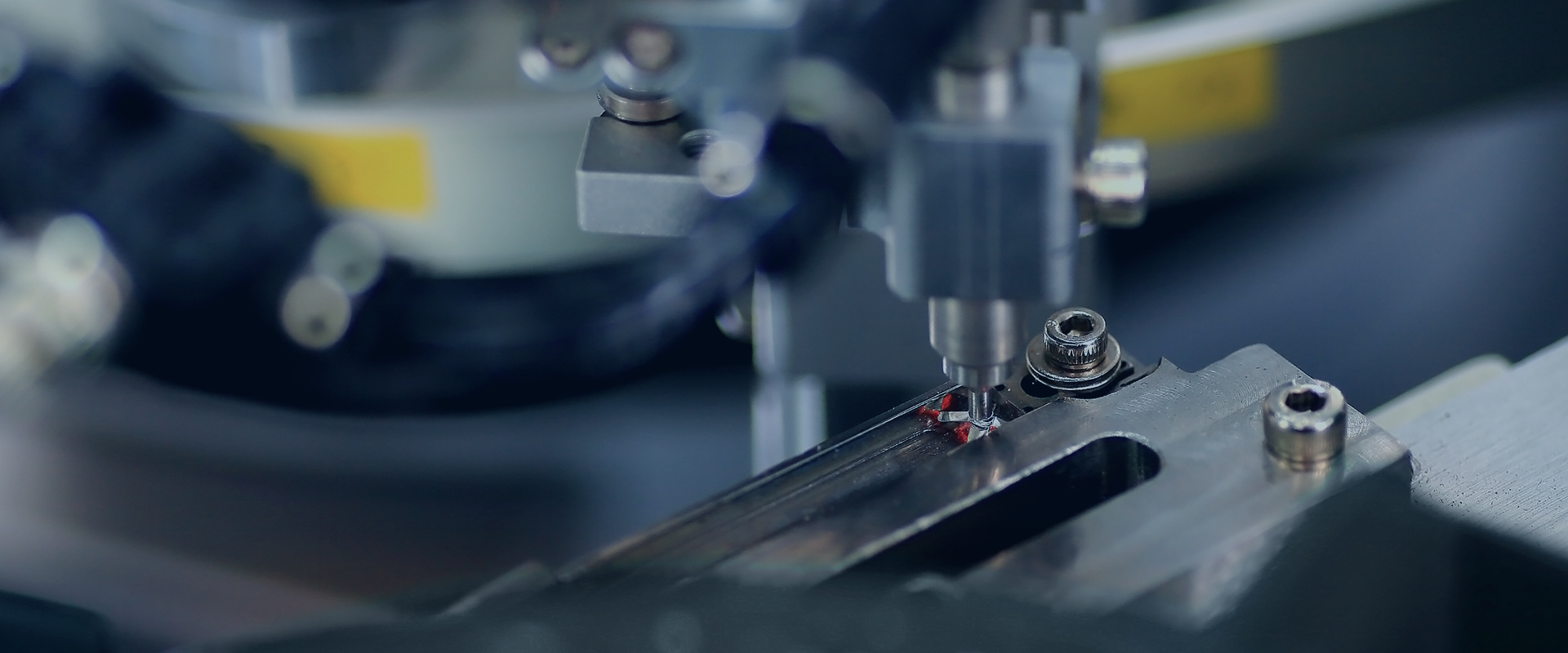Water pumps are widely used in residential, industrial, and agricultural applications for transporting water efficiently. However, like any motor-driven device, water pumps generate heat during operation. If this heat is not properly managed, it can lead to overheating, motor failure, and even fire hazards. This is why thermal protectors for motors in water pumps are essential. They serve as a safety mechanism, preventing damage caused by excessive temperature rise and ensuring the long-term performance and reliability of water pumps.
1. Why Do Water Pump Motors Overheat?
Water pumps rely on electric motors to drive impellers that move water. These motors are exposed to various factors that can lead to overheating:
1.1 Overloading
Running the water pump beyond its rated capacity increases the motor’s workload, generating excessive heat.
Blockages or high water pressure demands can cause the motor to strain, leading to temperature rise.
1.2 Dry Running (No-Load Condition)
If a water pump runs without water, the motor keeps operating but lacks the cooling effect provided by flowing water.
This results in rapid temperature build-up, which can burn out the motor windings.
1.3 Poor Ventilation and Heat Dissipation
If a submersible pump or closed pump housing does not allow for proper air circulation, the motor retains heat.
Environmental factors such as high ambient temperatures and dust accumulation also contribute to poor cooling.
1.4 Continuous Operation
Motors in water pumps that run for long periods without rest are at a higher risk of overheating.
This is common in industrial and agricultural water pumps that operate 24/7.
1.5 Electrical Faults
Voltage fluctuations, phase imbalance, or short circuits can cause excessive current flow, leading to overheating.
Worn-out insulation or aging components may also contribute to thermal stress.
2. How Do Thermal Protectors Work in Water Pump Motors?
A thermal protector is a temperature-sensitive safety device designed to disconnect power when the motor temperature exceeds a safe threshold. It prevents excessive heat buildup and allows the motor to cool down before resuming operation.
2.1 Working Principle
Thermal protectors use bimetallic strips or thermistors to sense temperature.
When the motor heats up beyond a predefined limit, the thermal protector activates and opens the circuit, cutting off power.
Once the motor cools to a safe temperature, the protector resets and allows the pump to function again.
2.2 Types of Thermal Protectors Used in Water Pumps
Automatic Reset Thermal Protectors – Automatically restores power when the temperature returns to normal. Ideal for applications where occasional overheating may occur.
Manual Reset Thermal Protectors – Requires a user to manually reset the pump after an overheating event, ensuring safety in critical applications.
Embedded Thermal Protectors – Built directly into the motor windings for accurate temperature monitoring and immediate protection.
PTC (Positive Temperature Coefficient) Thermistors – Increase resistance as temperature rises, limiting current flow and reducing overheating risks.
3. Benefits of Using Thermal Protectors in Water Pumps
3.1 Prevents Motor Burnout and Extends Lifespan
Overheating causes insulation degradation and winding damage, leading to permanent motor failure.
Thermal protectors interrupt power supply before critical damage occurs, significantly extending motor lifespan.
3.2 Protects Against Dry Running
Water pumps must operate with water to dissipate heat and lubricate components.
A thermal protector detects temperature spikes caused by dry running and automatically shuts down the motor, preventing catastrophic failure.
3.3 Reduces Fire Hazards and Electrical Risks
Uncontrolled overheating can lead to melting of insulation materials, which increases the risk of electrical short circuits and fires.
Thermal protectors eliminate this risk by disconnecting power before reaching dangerous temperatures.
3.4 Ensures Operational Efficiency
Overheated motors lose efficiency, drawing excessive power and increasing electricity costs.
A properly protected motor maintains optimal efficiency and reduces energy wastage.
3.5 Minimizes Downtime and Maintenance Costs
Water pump failure leads to unexpected downtime, affecting operations in agriculture, manufacturing, and water supply systems.
Thermal protectors prevent costly breakdowns, reducing repair expenses and downtime.
4. Applications of Thermal Protectors in Different Types of Water Pumps
4.1 Submersible Pumps
Used in wells, boreholes, and drainage systems.
Enclosed environments make cooling difficult; thermal protectors prevent overheating from continuous operation.
4.2 Booster Pumps
Used in high-rise buildings and water distribution systems to maintain pressure.
Protects against excessive loads and voltage fluctuations.
4.3 Agricultural Irrigation Pumps
Operate for long hours, often under high temperatures and variable loads.
Thermal protection is critical to prevent motor burnout during peak usage.
4.4 Industrial Water Pumps
Used in factories, cooling systems, and chemical plants where continuous operation is required.
Thermal protectors prevent overheating caused by demand fluctuations and mechanical failures.
4.5 Fountain and Aquarium Pumps
Typically small-sized pumps that run continuously to circulate water.
Thermal protectors safeguard against dry running and overheating due to pump blockages.
Thermal protectors are an essential safety feature for motors in water pumps, preventing overheating, reducing failure rates, and ensuring efficient operation. By automatically cutting off power during excessive heat conditions, they help avoid costly repairs, reduce fire risks, and extend the lifespan of water pumps.
With increasing demand for energy-efficient and long-lasting water pump systems, integrating high-quality thermal protectors is no longer an option but a necessity. Whether for domestic, agricultural, or industrial applications, ensuring that a water pump motor is equipped with reliable thermal protection will lead to greater performance, lower maintenance costs, and enhanced safety.













 中文
中文 English
English Deutsch
Deutsch Italiano
Italiano 한국어
한국어 にほんご
にほんご


